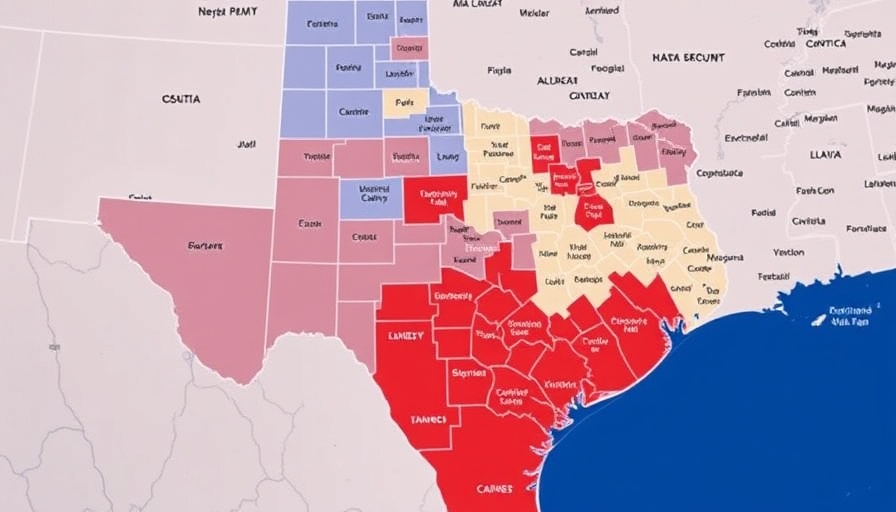
America's Growing Dependence on Liquefied Natural Gas
The recent surge in pipeline construction across America, particularly for liquefied natural gas (LNG) exports, raises significant environmental concerns while reflecting a broader dependency on fossil fuels. According to a new report by the Center for Energy & Environmental Analysis (CEEA), over three-quarters of new gas pipeline capacity is earmarked for fueling exports rather than meeting domestic energy needs. This trend not only indicates a shift in energy priorities but also poses a serious dilemma for our climate objectives.
The Environmental Stakes: A Bleak Outlook
The implications of this pipeline expansion are dire. If operational, the planned pipelines could generate carbon dioxide emissions two and a half times greater than all existing U.S. coal-fired power plants combined. This alarming statistic underscores the potential for overwhelming greenhouse gas emissions and provides a green light for a fossil fuel future that many environmental activists are fighting against. Additionally, emissions of methane—a potent climate pollutant with a GWP (Global Warming Potential) nearly twice as severe as CO2 over a 20-year timeline—add another layer of complexity to the situation.
What This Means for American Business Owners
For business owners, especially in Texas and surrounding regions, the ongoing pipeline buildout represents both risks and opportunities. As the country looks to boost its energy exports, businesses involved in the fossil fuel sector may experience short-term growth. However, this comes with the increased risk of volatility associated with fossil fuel dependency, which can lead to supply chain disruptions linked to fluctuating global energy prices or shifts in policy aimed at climate change.
Looking Forward: Future Predictions for the Energy Sector
As gas production reaches record levels, analysts predict an escalation in efforts to export LNG, driven by both market demand and governmental policies. This could further entrench fossil fuel infrastructure, making it more challenging to transition to renewable energy sources in the future. The decisions made today will undoubtedly shape the energy landscape for decades to come, making it imperative for business leaders to stay informed about energy trends and advocate for sustainable practices.
Challenging the Status Quo: Counterarguments to the Pipeline Buildout
Despite the reported benefits of increased exports, not everyone is convinced that the pipeline buildout is the right path forward. Critics argue that the environmental costs far outweigh the financial benefits. Methane leaks and emissions from these pipeline projects are drawing ire from climate advocates. By comparing the situation with coal's decline, which showcased shifting market preferences toward cleaner alternatives, it becomes evident that the realignment of energy sources is not only urgent but essential for long-term prosperity.
Conclusions and What Businesses Can Do
In sum, while the pipeline expansion may appear to offer immediate economic advantages, its long-term environmental implications could pose significant risks. As stewards of their companies and communities, business leaders must embrace innovations in energy efficiency and sustainability. Engaging with policy dialogues, supporting renewable energy initiatives, and investing in green technologies are vital steps toward ensuring a viable future for both the economy and the environment. The landscape is shifting; those who adapt will not only survive but thrive.
Now is the time to educate yourself further and engage with your community on these pressing issues. Finding ways to advocate for a greener, more sustainable economy is not just good ethics—it's good business.
 Add Row
Add Row  Add
Add 




Write A Comment